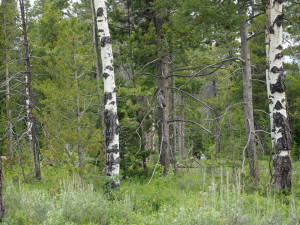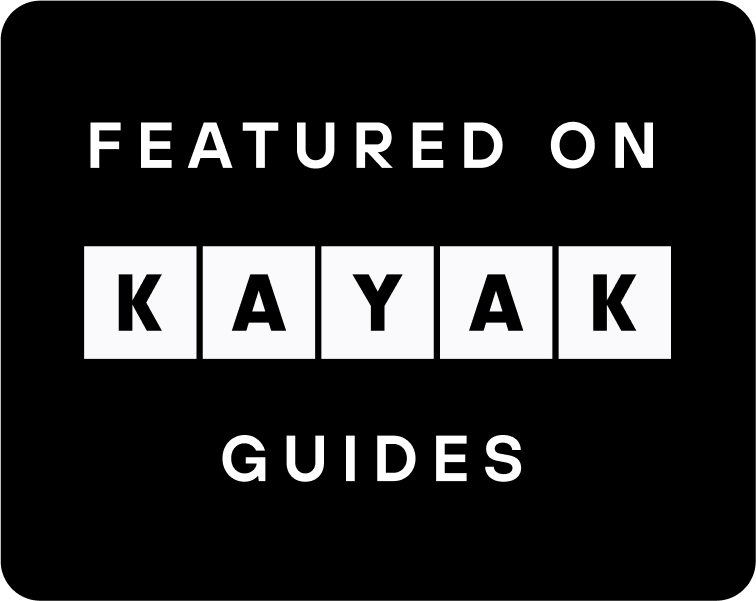Camouflaged Wildlife Hiding in Plain Sight
 Do you ever wonder how many animals are observing you when all you see is the road ahead?
Do you ever wonder how many animals are observing you when all you see is the road ahead?
When we take guests out on tours of Yellowstone and Grand Teton National Parks, we often come across wildlife. There are squirrels running up and down the trees storing pine cones for the winter and chipmunks sounding the alarm to their forest friends as we walk by. Hawks and ravens call and soar above. Often we come across larger animals – black and grizzly bears, mule deer, pronghorn antelope, and elk.
Our national parks are home to hundreds of wildlife species. Although there is an abundance of animals, many have adapted to be colored and shaped like their natural surroundings in order to hide from predators or other enemies. Some species of animals have spectacular camouflage and can be hard to spot, especially as they sit motionless in dense vegetation.
If you really want to see wildlife in Yellowstone and Grand Teton, it helps to have an experienced local guide who knows when animals are most active and where to find them. Buffalo Roam Tour guides are trained in how to spot wildlife and have high-quality optical devices so you can observe animals from a safe and respectful distance. We can also do private wildlife tours for groups who want to focus their time on seeing animals in their natural environment.
If you are curious to know what you might be missing as you tour the national parks, check out “Vanishing Act” – a twenty-five year project of a Seattle-based photographer who created an amazing portfolio showing camouflaged animals literally hiding in plain sight. These images are not Photoshop montages. They are examples of how animals naturally blend in with their surroundings for protection. See how many of them you can spot!
The next time you are outside in nature, slow down and take a good look around you. Chances are, there may be an animal hiding in plain sight that is observing you.





